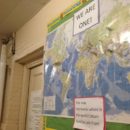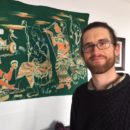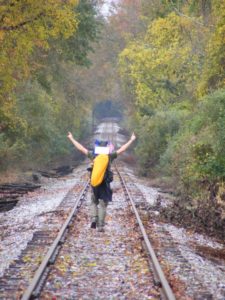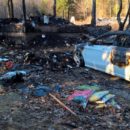Key budget leaders in the Massachusetts House have said no new “broad-based” taxes are needed for the next state budget, even though tax revenues for the current fiscal year keep coming up short.
Like most Mondays, we checked in with Matt Murphy, a reporter for the State House News Service in Boston. He explained when lawmakers say they’re not raising “broad-based” taxes, that doesn’t mean no new taxes at all.
Click the audio player above to hear Henry Epp’s conversation with Matt Murphy about the week ahead on Beacon Hill.







